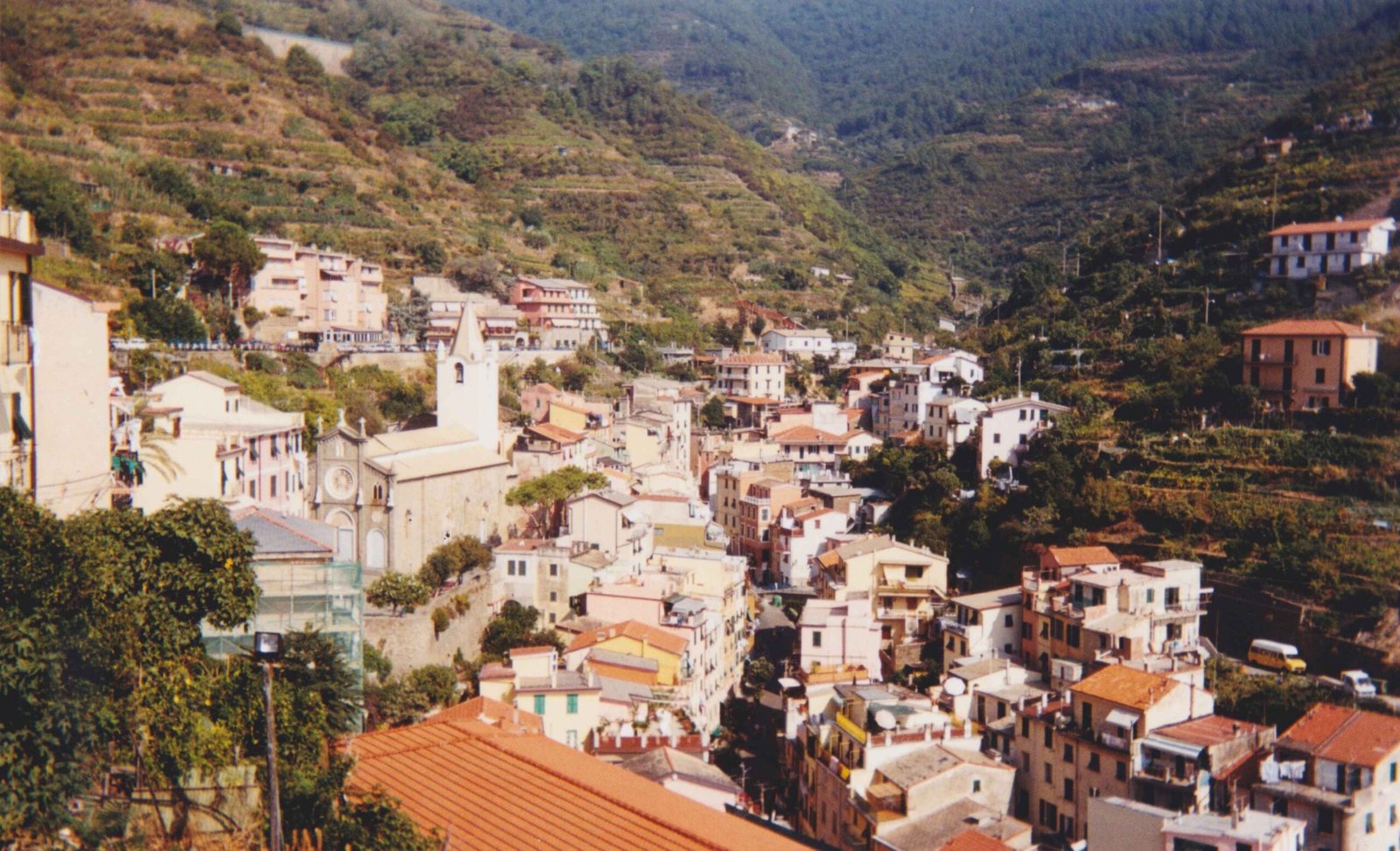The Cinque Terre, a stunning coastal region in Liguria, Italy, represents a remarkable tapestry of human resilience and environmental adaptation. Spanning centuries, this extraordinary landscape emerged from isolated fishing villages to become a globally recognized cultural treasure, with inhabitants transforming steep, rugged terrain into meticulously crafted agricultural terraces while defending themselves against maritime threats and economic challenges.
What Are the Earliest Origins of Cinque Terre?

Medieval Foundations of the Five Villages
The history of Cinque Terre begins in the 11th century, with Monterosso and Vernazza emerging as the first established settlements. These villages developed under the political dominance of the powerful Republic of Genoa, which significantly influenced their architectural and economic development.
Key Early Characteristics
- First documented settlements around 1056
- Strategic coastal location
- Strong maritime trading connections
- Defensive architectural designs
| Village | First Mentioned | Key Early Feature |
|---|---|---|
| Monterosso | 1056 | First documented settlement |
| Vernazza | 11th Century | Natural harbor |
| Corniglia | 1244 | Elevated defensive position |
| Manarola | 11th Century | Steep terrain adaptation |
| Riomaggiore | 13th Century | Wine production |
How Did Geographical Challenges Shape Cinque Terre?

Landscape Transformation Strategies
The inhabitants of Cinque Terre demonstrated extraordinary engineering skills by converting seemingly inhospitable terrain into productive agricultural landscapes. They constructed extensive dry stone walls, creating remarkable terraced vineyards and olive groves that clung precariously to steep mountainsides.
Agricultural Innovations
- Developed complex irrigation systems
- Created multi-level agricultural terraces
- Maximized limited arable land
- Cultivated primarily grapes and olives
What Were the Major Historical Challenges?
Defending Against Maritime Threats
Throughout the 16th and 17th centuries, Cinque Terre villages faced constant threats from pirate attacks. The communities responded by constructing sophisticated defensive structures:
- Watchtowers along the coastline
- Fortified castle complexes
- Strategic observation points
- Interconnected warning systems
How Did Modern Transportation Impact Cinque Terre?
Railway Revolution and Isolation’s End
The construction of the railway line between Genoa and La Spezia in 1874 marked a transformative moment. This infrastructure breakthrough:
– Ended centuries of geographical isolation
– Introduced new economic opportunities
– Facilitated increased regional connectivity
– Gradually transformed traditional economic models
What Recognition Has Cinque Terre Received?
UNESCO World Heritage Acknowledgment
In 1997, UNESCO officially recognized Cinque Terre as a World Heritage Site, acknowledging its:
– Exceptional cultural landscape
– Unique agricultural engineering
– Preservation of traditional architectural practices
– Environmental and historical significance
What Modern Challenges Does Cinque Terre Face?
Conservation and Tourism Management
Contemporary Cinque Terre confronts complex challenges:
– Balancing tourism with environmental preservation
– Maintaining traditional agricultural practices
– Protecting fragile ecological systems
– Preventing landscape degradation
Conclusion: A Living Historical Landscape
Cinque Terre represents more than a picturesque destination—it embodies human adaptation, resilience, and harmonious coexistence with challenging natural environments.
